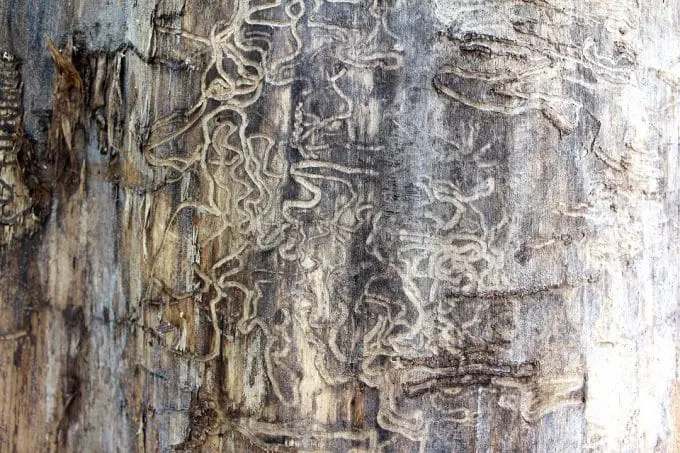Termites are really annoying pests.
They can seriously damage your home if you don’t react timely, so here is how to get rid of them without having to worry about them ever again:
What are termites?
Firstly, we need to know what they are in order to remove them effectively. They are colony pests, usually coming in 5 types. Their food is cellulose, which is the reason they are so frequent at homes. Any plant or wood can be full of termites, without you even knowing they are there. Whether it’s a book they’re eating or a wooden desk, they don’t care, so long as its cellulose. The drywood type is most commonly present in homes, while subterranean termites build mounds outside, creating a tunnel reaching your house underground. Whatever the season is, they are a constant threat, so it’s important to have a clear plan on how to deal with them as soon as you notice their presence.
Telling signs
The usual sign of termite presence is winged varieties that are trying to leave the house. They can be seen around windows and doors, but other places are possible, too, like around the colony site. The first days of spring are when they are usually noticed for the first time.
However, no need to wait until spring, there are other signs that point to termites infestation, such as:
– bubbled or cracked paint – termites feed on the inside, so the paint will bubble as they approach the surface. Also, you could notice walls cracking in ways unusual for foundation cracking.
– solid wood sounding hollow – the surface of the wood will be intact, while the interior is hollow. You can check it by tapping – if there’s an echoing sound, there are termites, too.
– mud tubes outside the house – these tubes look different from wasp or hornet tubes, as termites tend to spread across exterior walls and wood beams.
If it’s already summer and you’ve notices discarded wings around the house, this is also a sign of termite presence in the house.
What to do?
The first thing to do is to remove the easy-approachable sources of food, usually meaning moving the firewood pile from the yard. Paper debris, plant-based debris or lumber should also be removed.
Next step is to cut termites from their entry point into your house. Put screens on each of the outside vents and regularly check all wooden components of your house.
You have three options when it comes to choosing a solution: DIY, chemical, and non-chemical. The most commonly used non-chemical solution is putting up a barrier around the house, resembling an additional waterproof membrane along the house foundations. It can be made of sand, as termites have trouble moving through it. If you combine it with putting steel mesh on vents, it could solve the problem completely.
Certain effective termite treatment based on chemical solutions is at your disposal, too. There’s usually the use of bait, which is set around the colony. The colony feeds off of it and dies off after some time. Other approaches include liquid pesticides that are applied to the soil, acquiring building materials infused with some sort of a pesticide or treating wood with pesticides.
DIY choices include Spectracide stakes that are installed around the house, popping out when detecting a colony nearby and also killing termites that are looking for food. Another DIY option is a type of interior foam that can be used on spot in wall voids and subterranean grounds. Just make sure you have sealed up the void after applying the foam, so your kids or pets don’t get in contact with it.
Final advice
It’s better to be safe than sorry, so try to take certain steps before you even have this annoying problem. Termites, as any other pests, need you to be persistent and thorough.

